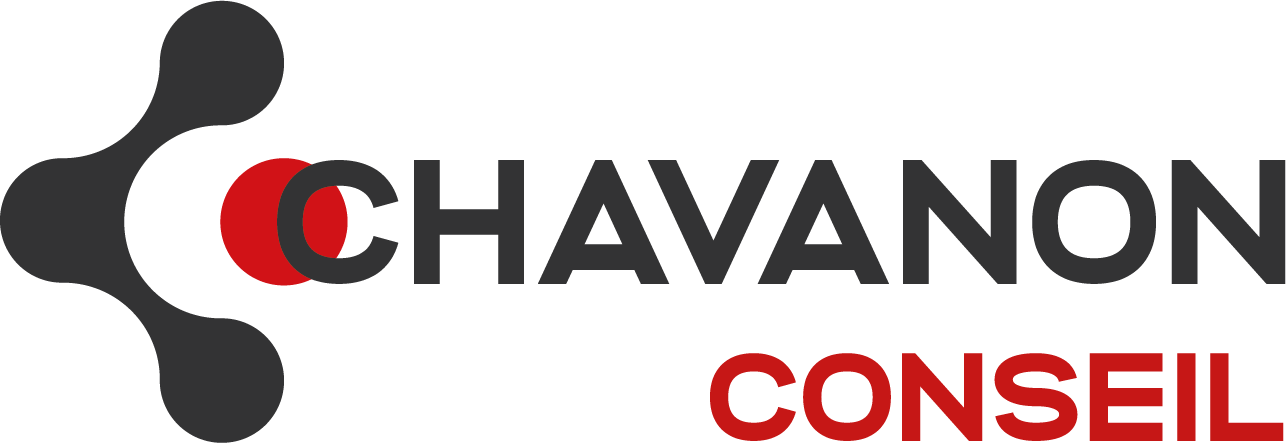Transport: Death of 6 teenagers in 2016 due to the tailgate of a dump truck: Justice and Regulatory Developments in 2021.
35 years ago already!
6 months after the Chernobyl accident, a second environmental disaster strikes Europe, later nicknamed "ChernoBâle"
In the night from October 31 to November 1, shortly after midnight, a fire broke out in a warehouse of the chemical company Sandoz. The first responders, 160 firefighters from nearby cities, faced a real inferno: explosions of containers with unknown substances, fireballs over 50 meters high. Without knowing the nature of the products, how could they be sure of the adequacy of their protective equipment?

Communication management by the authorities:
An acrid odor, a mix of rotten eggs and decomposing plants, woke up the first residents. Only at 4 AM did the Swiss authorities order residents to seal themselves indoors.
The arrival of nearly 1,000 firefighters helped prevent the fire from spreading to other buildings. The fire was controlled around 7 AM, by pouring very large amounts of water: 500L/second.
Between orders and counter-orders, the authorities instructed children to go to school, as November 1 is not a public holiday in Switzerland. However, no information was transmitted to the neighboring border regions before 5:30 AM: Alsace for France and Baden-Württemberg for Germany.
The management of Sandoz indicated that the majority of substances were predominantly harmless.
Environmental impact of "ChernoBâle"
The fire-extinguishing water, contaminated with the site's toxic products, poured through the rainwater drainage system into the Rhine, causing massive fish deaths. They contained, among other things, pesticides, herbicides, and mercury. The Rhine was tinted red, more due to the colorants present on the site than the toxic products themselves.




The toxic product flow wiped out all life over 250 km before finally reaching Rotterdam and the North Sea, after a journey of 1000 km.


Sandoz provided the inventory of 1,250 tons of chemical products present on the site only 17 days after the incident.

Decontamination works:
 *
*

Causes of the disaster:
The investigation report mentions the possibility of the ignition of a palette of Prussian blue. It also seems that the site's emergency systems (extinguishers, water retention basins, ...) were under-sized, with a first insurer having indeed refused to insure this warehouse against fire risk a few years earlier.
Crisis management by SANDOZ:
Once the operational management of the disaster was completed, the major challenge for the company was to restore trust with all stakeholders.
SANDOZ enlisted the American firm BURSON-MARSTELLER to assist with its communication strategy. This firm had already managed the crisis communication for BHOPAL, a reference!
The video below allows us to follow the implementation of SANDOZ's winning communication strategy:
In France, The Territorial Contract for Responses to Risks and Effects of Threats (COTRRIM) involves the implementation by companies of the Internal Operation Plan (POI) and the Business Continuity Plan (PCA) in the face of industrial risk.
Companies must therefore simultaneously build a crisis communication strategy. Public speaking is not limited to a press release. It is necessary to develop a comprehensive communication strategy and define the implementation of a communication plan including actions to be taken towards different audiences.
Facing NRBC risk...
CHAVANON Conseil supports industrialists in managing Security and Safety risks, and defining appropriate crisis strategies.
Sources: Aria, notrehistoire.ch


 A unique communication solution at the service of businesses
A unique communication solution at the service of businesses